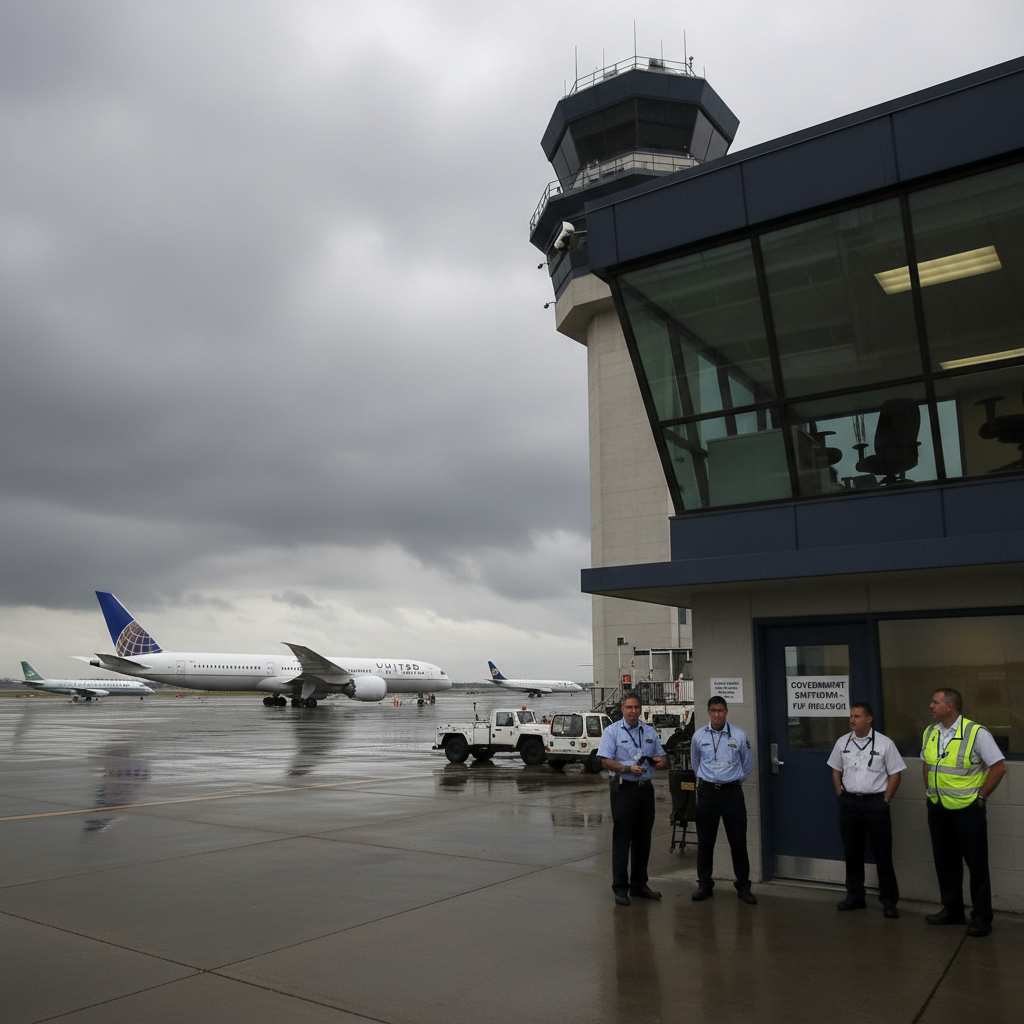Physical Address
304 North Cardinal St.
Dorchester Center, MA 02124
Physical Address
304 North Cardinal St.
Dorchester Center, MA 02124
Global aviation news tracker
Global aviation news tracker

Thousands of controllers are working without pay as the US government shutdown squeezes aviation operations ahead of the holidays.
The US government shutdown, now in its third week as of October 24, 2025, has left about 13,000 air traffic controllers on duty but unpaid, creating immediate financial stress and operational strain for the national airspace system. Transportation Secretary Sean Duffy, head of the U.S. Department of Transportation (DOT), has warned of mounting delays, cancellations and cascading impacts if the shutdown continues.
Beyond unpaid salaries, the shutdown is stalling essential training programs and certification pipelines for new controllers. With classroom courses and on-the-job mentoring paused, supervisors told DOT that trainee progress has slowed or halted — a development that could create staffing shortfalls weeks or months from now. Several prospective recruits have reportedly reconsidered joining the profession while federal funding remains uncertain.
Airlines and airports are already bracing for disruption during peak travel periods. DOT and industry partners emphasize that safety-critical services continue to operate, but officials caution that sustained staffing gaps and burnout among current teams raise the risk of operational slowdowns and a higher incidence of flight delays or cancellations during the busy holiday travel window.
Federal leaders face pressure to resolve the funding lapse quickly to prevent deeper damage to airline schedules and to protect the health of the controller workforce. Aviation unions and industry groups are urging lawmakers to restore funding so training can resume and to provide relief for affected workers. For passengers, the near-term message is to expect possible disruptions and to monitor airline communications closely as the situation develops.